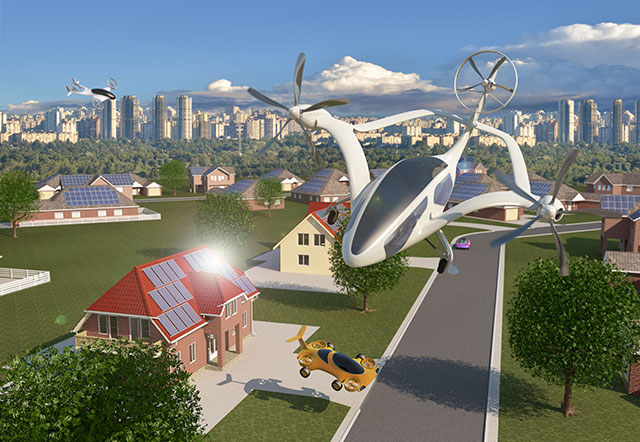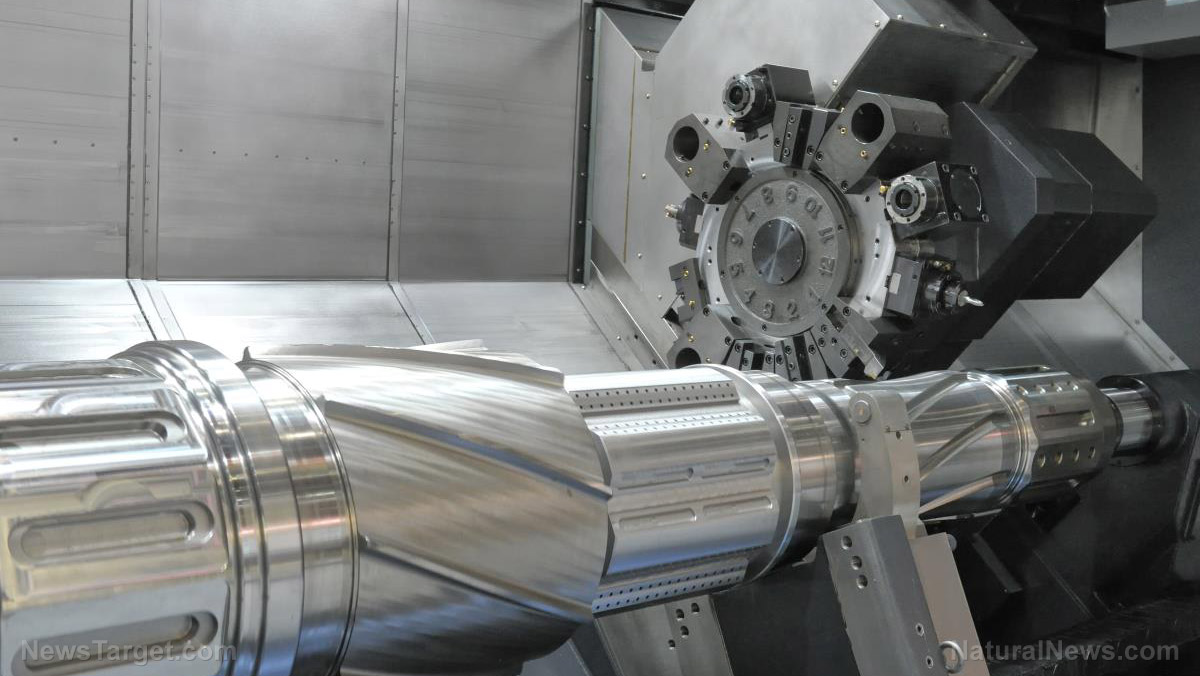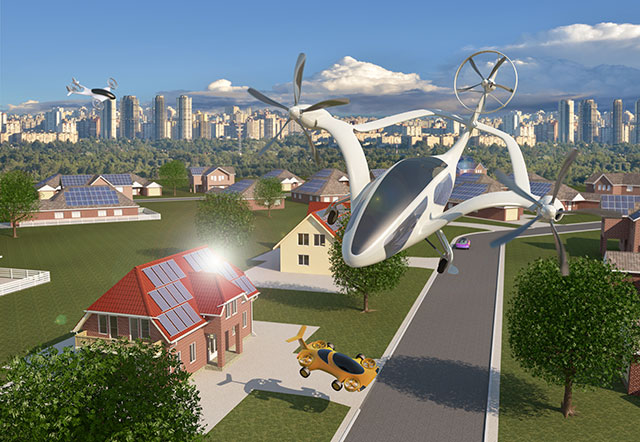A new kind of traffic problem, coming soon: World’s first 200mph two-seater flying sports car will hit the skies soon
04/22/2019 / By Russel Davis

Aircraft companies are scrambling to make flying cars a reality, and Samson Motors has joined the trend by introducing the world’s first flying sports car dubbed the Samson Switchblade. The Oregon-based company explained that the three-wheeled flying car features a two-seater capacity and measures 5.1 meters long on the ground. The aircraft firm added that Switchblade also has extendable wings and a retractable tail that fold out, which would then extend the car’s length to 6.2 meters. This means that the car is suitable both on the road and in the sky.
The company discussed that the Switchblade’s top speed on the ground is 160 kilometers per hour, while the speed can be further extended to 320 km/hour when airborne. The flying car was designed to be powered by a 190 bhp liquid-cooled 1.6-liter V4 engine, and may last around 60 hours of flight time. According to a company spokesperson, this gives the car a range of about 450 miles from the 113-liter fuel tank. However, reports revealed that the Switchblade can’t takeoff from the road and will need to be flown from regular airports, unlike vertical take-off and landing aircraft.
Samson Switchblade is set for a 2018 release. According to reports, the aircraft may require driving licence for road use, and a private pilot’s licence during flight. Reports also explained that up to 51 percent of the aircraft should be built by the owner. However, users may opt for company assistance that will develop the aircraft for three weeks at a Samson Build Assist Centre at a hefty price tag of more than $20,000.00.
“You can drive the Switchblade to any public airport to take off, and may land at the same, or any other, public airport. You can also take off and land from any private airport where you have privileges. We have already finished layouts for both hybrid, and electric drive systems pending on an appropriate battery solution,” a company spokesperson told Daily Mail online.
Stiff competition for air traffic may be underway
Samson Motors joins a slew of companies aiming to produce the world’s first flying car. European aerospace giant Airbus is currently developing a self-flying air taxi called Vahana. Reports noted that the Vahana air taxi is designed to be a tilt-wing, multi-propeller craft that can take off and land in tight spaces. It was also revealed that the aircraft is slated to fly about 50 miles before the batteries may require recharging. (Related: Technology from the movies is on the way: A look at the many ways it will change our future.)
“What the industry is telling me is that they would like to remove one of the pilots fairly soon, and re-design the cockpit around a single pilot. There might also be a remote-control pilot on the ground, in case of emergencies, like a heart attack. This remote pilot could monitor many airplanes [at once]…On an average flight, the pilots manually control the plane for about three to six minutes, and the rest is autopiloted because they understand that the autopilot is actually safer,” Professor Stephen Rice of the Embry-Riddle Aeronautical University discussed in an NBC News article.
German tech firm Lilium Aviation is also working on a two-seater aircraft designed to take off vertically using 36 powerful electric fan engines installed along its wings. The company’s egg-shaped aircraft Lilium was lauded by the European Space Agency (ESA), and is slated for release by 2020. Israel-based Urban Aeronautics, another competitor, also introduced its Cormorant vertical take-off and landing (VTOL) aircraft. The vehicle was designed to carry 1,000 pounds over a distance of 31 miles. The company noted that this feature allows the aircraft to efficiently deliver supplies to war zones and bring wounded soldiers to safety.
Sources include:
Tagged Under: aircraft, airplane, cars, flight, flying cars, future science, future tech, transportation


















